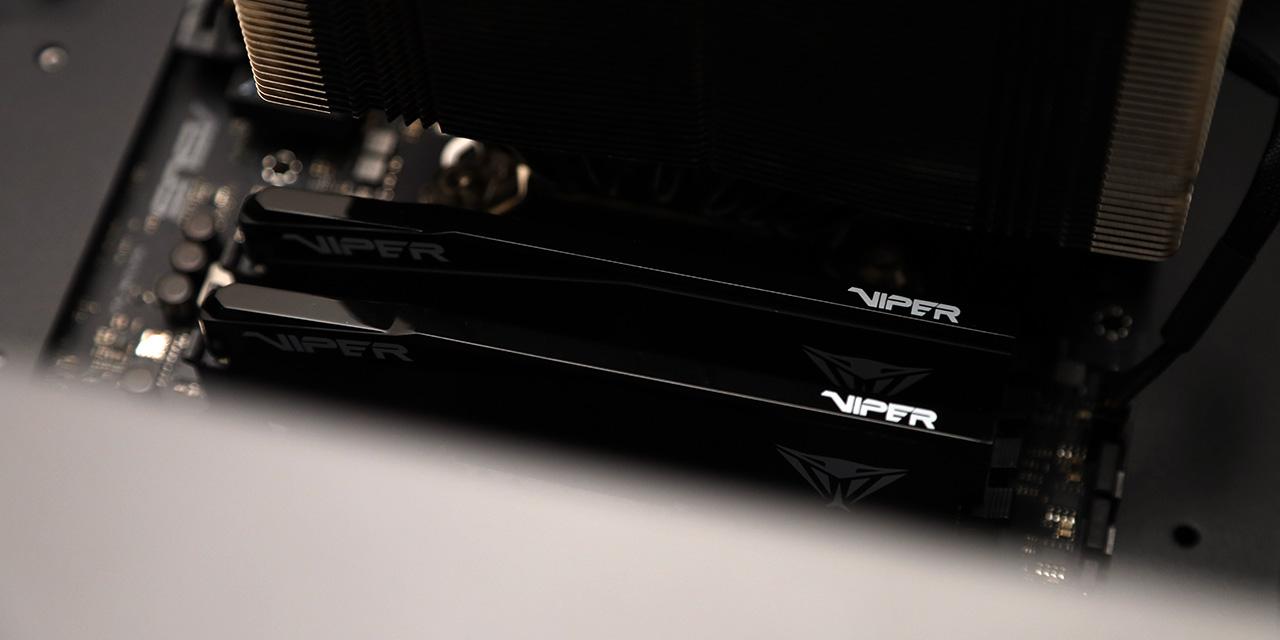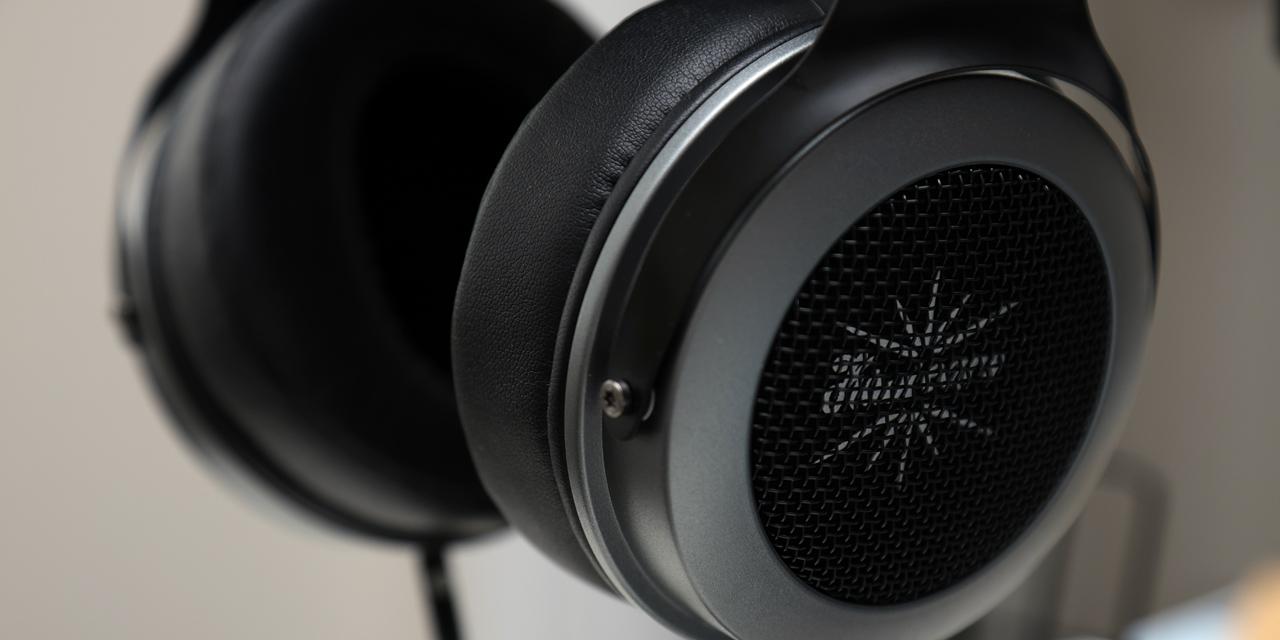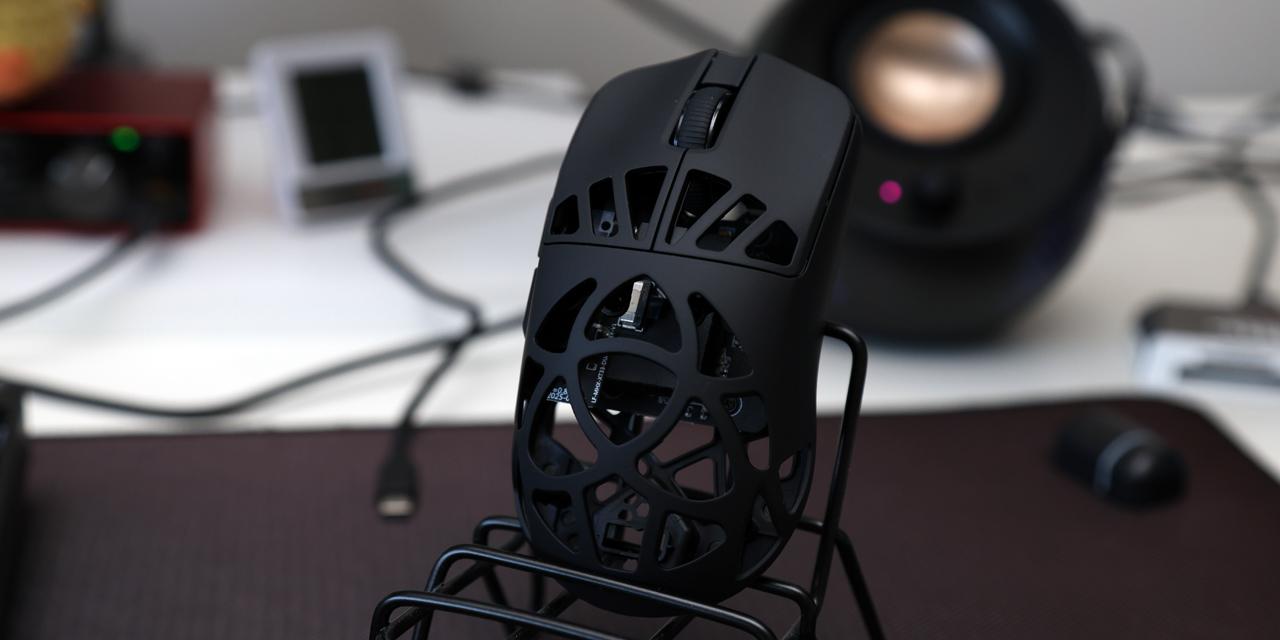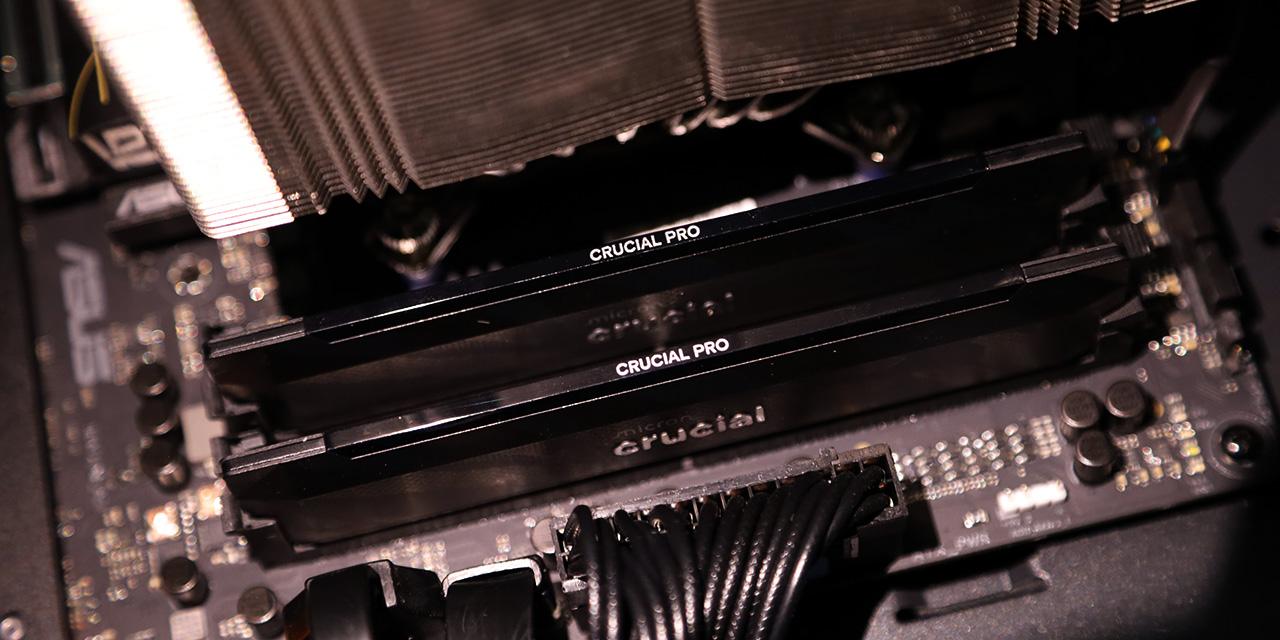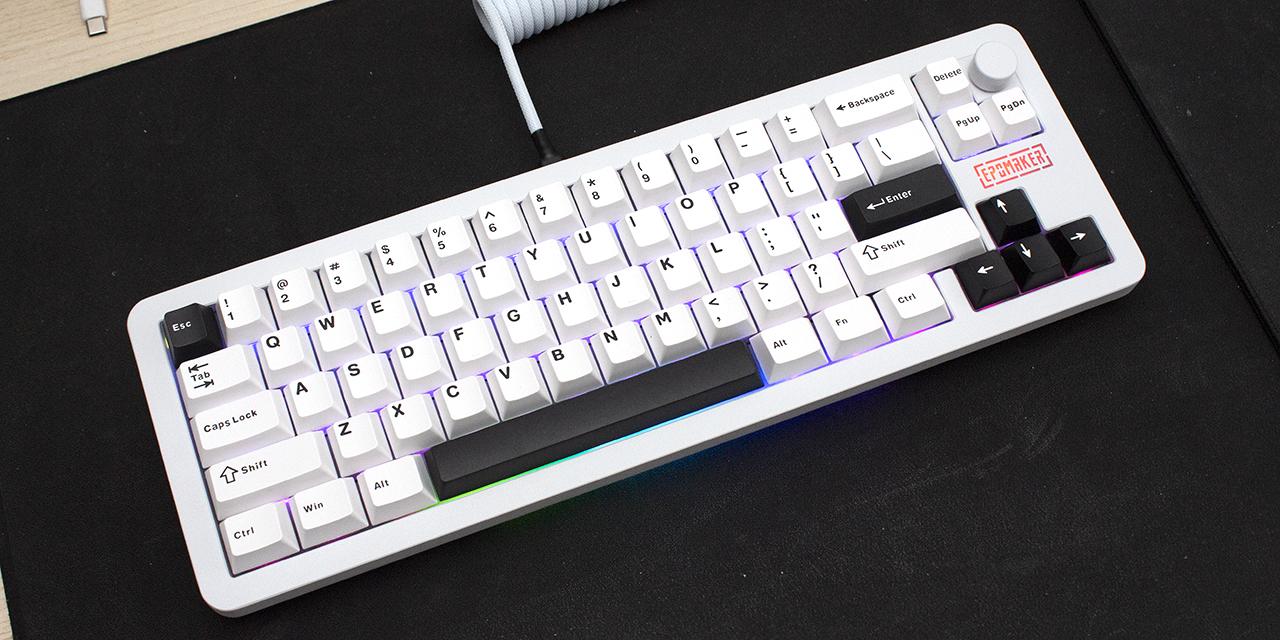Page 2 - A Closer Look - Hardware and Software

My past impressions of Turtle Beach were primarily formed from seeing it at my local EB Games -- it felt more like a generic brand. I was surprised when I first got my hands on the Burst II Air and how different it was from my past impressions. The naming of the Owl-Eye sensor also confused me, as it was a product name from ROCCAT. I only recently learned Turtle Beach acquired ROCCAT a few years back and is now phasing out this name with its products transitioning into Turtle Beach. I have some experience with ROCCAT’s very early products, and it is intriguing to me to see how far they have progressed. We have seen previous ROCCAT Burst series mice in the past, including the Burst Pro Air and the Burst Pro.
As I have mentioned earlier, the Turtle Beach Burst II Air is very light. At a mere 47g, Turtle Beach describing this as ultra-lightweight is accurate, especially when compared to its competitors. From what I know at the time of writing, this is the lightest commercially available full-sized wireless mouse. My current daily mouse, the Glorious D Wireless, is 69g, and the Burst II Air feels significantly lighter. Unsurprisingly, this goal of weight-cutting means we do not have any RGB LED lighting in the mouse, which is a reasonable omission.
Fortunately, this light build does not make the mouse feel cheap. The upper shell is a very pleasant, satin smooth plastic that feels slippery at first, but I had no issues with maintaining control. The plastic texture is so satisfying, I cannot help but caress it. There are four pieces of included gray, durable, foamy grip tape for the two sides and buttons if grip is an issue. Our Burst II Air today is white, and the shell is almost pearlescent in some lighting conditions. It feels solid with no substantial flex. There are two molded lines on the shell that are not actually separate parts, but help to keep the design cohesive. The upper shell is one continuous piece of plastic that incorporates the sides and front as a single structure. There is a silver Turtle Beach logo printed on the back, and it does not scratch off easily. The shell has no perforations, which means cleaning is easy, since there will be no dust or hand gunk ingress.

The Turtle Beach Burst II Air's primary buttons are about half the length of the body, are pre-tensioned, and provide very good tactile feedback. It has a lower-pitched click that sounds more like a “clock” than a “click”. The two plastic buttons have a bit of flex when pressing down firmly, but it does not negatively impact the mousing experience. The buttons are Titan optical switches with a 100 million click lifecycle. Near the center and separating the left and right buttons is a glossy white plastic island. It houses an RGB LED indicator that is used for battery, DPI, and Bluetooth connectivity. The LED is customizable to different colors in the software for DPI settings. As with most lightweight mice, RGB LED lighting is otherwise not present. In front of this piece is the scroll wheel, which is made out of translucent white plastic. It has smooth scrolling action with distinct tactile positions. The wheel is also the middle click button, but it does not feature tilt scrolling.

The left side of the Burst II Air has some extra buttons. By default, two side buttons above where you would place your thumb are programmed to forward and back. There is a DPI button near the front and bottom on this side. It is small and forward enough to prevent accidentally triggering it, but it would not likely be used as a DPI-shift or “sniper” button. These buttons are a slightly grayish white, and provide a bit of contrast from the shell. The right side does not have any buttons.

The front has a recessed USB Type-C port for charging and data transfer to the mouse, such as updates or profile uploading. It is an ovular cutout and should be large enough to fit most small to medium sized aftermarket cables. I would use the included PhantomFlex cable, as it is very light, smooth, and flexible, which helps with reducing mousing drag.

The bottom of the Turtle Beach Burst II Air is the same grayish white as the side buttons. This is the first lightly skeletonized part, and it flexes a little bit under pressure. There are two weight reduction and frame stiffening holes on the mid-front of the base, where you can see the back of the mouse's circuit board. Unfortunately, there is also a small but visible gap between the PCB and the bottom, where dust could enter through. While ingress here is not as likely as it would be from the top, I am not a huge fan of exposing the bottom like this. There are some striped designs on the board and a small Turtle Beach logo on the right hole corner. The pre-installed feet are on the four corners, but there is an included option to swap them for larger full-width skates. Around the sensor is also a small oval of PTFE to help with gliding. To the left of the sensor, there is a recessed hole that can be used to store the 2.4GHz USB Type-A wireless transmitter. To the right of the sensor is the mode selector switch going from 2.4GHz wireless to off to Bluetooth 5.2 connectivity.
There is very little rattling in the mouse even with vigorous shaking. The only bit of sound was coming from the left, right, and side buttons. Overall, the tactility and build of the mouse is very satisfying.

The shape of the Turtle Beach Burst II Air is symmetrical and is considered ambidextrous despite buttons being more for right-handed users. It is a fairly traditional ovular shape with a slight flare outward on the back. The back features a smooth, circular arch, with the primary buttons having a slightly flatter curve. The mouse measures 122.2mm long, 67.3mm wide, and 39.2mm tall. It is medium in size, and for my sub-average hands, it is very comfortable whether in a palm, claw, or fingertip grip. It is perhaps a little flatter than the preference of some palm-grip users, but the arch does sufficiently support the base of the hand. With a claw or fingertip grip, the more I used it, the more I fell in love with the Burst II Air.
The sensor on the Burst II Air is an Owl-Eye 26K optical sensor. On a ROCCAT support page, I was able to dig up more information to state this is likely a PixArt PAW3395. This chip is a high-end, lower power sensor, and is among the best for tracking precision. The sensor can be set between 50 to 26000 DPI in steps of 50 DPI. Default DPI settings are 400, 800, 1200, 1600, and 3200 DPI. Lift off distance can be calibrated and customized to your liking. Acceleration is up to 50g and tracking speed of 650IPS, or inches per second. Polling rate is defaulted at 1000Hz, but can be changed to 500Hz, 250Hz, or 125Hz to conserve battery.
For battery life, the Burst II Air promises 40 hours of continual use on 2.4GHz and 120 hours on Bluetooth connectivity. From my personal experience, I managed to get over 40 hours as claimed at 2500 DPI, 1000Hz polling rate, and three-minute standby mode. For my use case, it lasts about one week before requiring a charge with moderate daily use.

Five onboard profiles can be stored in the mouse. These can be programmed through the Turtle Beach Swarm II program. This is a 59MB download from the manufacturer's website. The graphical user interface is clear and simple. The layout of the information is logical and allows you to toggle the different settings with ease. These settings include managing profiles, DPI, polling rate, debounce time, motion sync, DCU or distance control unit calibration, standby mode, and button mapping. Each setting has a reset button on the top right and a question mark you can hover over to help explain what each setting does. Updates for the Swarm II software and firmware for the Burst II Air were seamless. These can be downloaded right in the application, with instructions on how to update the mouse.

Button mapping is a breeze as well. You can simply click on the button shown in their diagram that you want to program. There is also a small side view of the mouse that can be clicked on to expand and reach buttons not shown on the top. Perhaps my favorite feature carried over from ROCCAT is the Easy Shift feature. This allows you to set a button that is your Easy Shift button. While holding the Easy Shift button, all the other buttons can be set to have a different function than it is normally. It is similar to having layers or the Shift key on a keyboard. For myself, I use it mainly for controlling multimedia such as volume with the scroll wheel, and Previous and Next track with the buttons. This enables each button aside from the Easy Shift button to have two different functions.
In comparison to its predecessor, the Burst Pro Air, the Burst II Air, although keeping the Burst shape, is a complete overhaul. The design direction is smoother compared to the more angular and light-centric ROCCAT of the past, leading to a more comfortable hand feel. The Burst II Air is the pursuit of ultimate lightness and albeit a bit larger than the Burst Pro Air, it weighs 34g less by shedding RGB LED lighting and battery life. Upgrades on the newer mouse include a higher resolution sensor and a new DPI button placement to avoid accidental changes. The new Swarm II software was also much needed and provides an up-to-date experience.
Whether it is the hardware or software, the Turtle Beach Burst II Air is looking solid thus far. We will see how this translates into actual performance on the next page.
Page Index
1. Introduction, Packaging, Specifications
2. A Closer Look - Hardware and Software
3. Subjective Performance Tests
4. Conclusion
